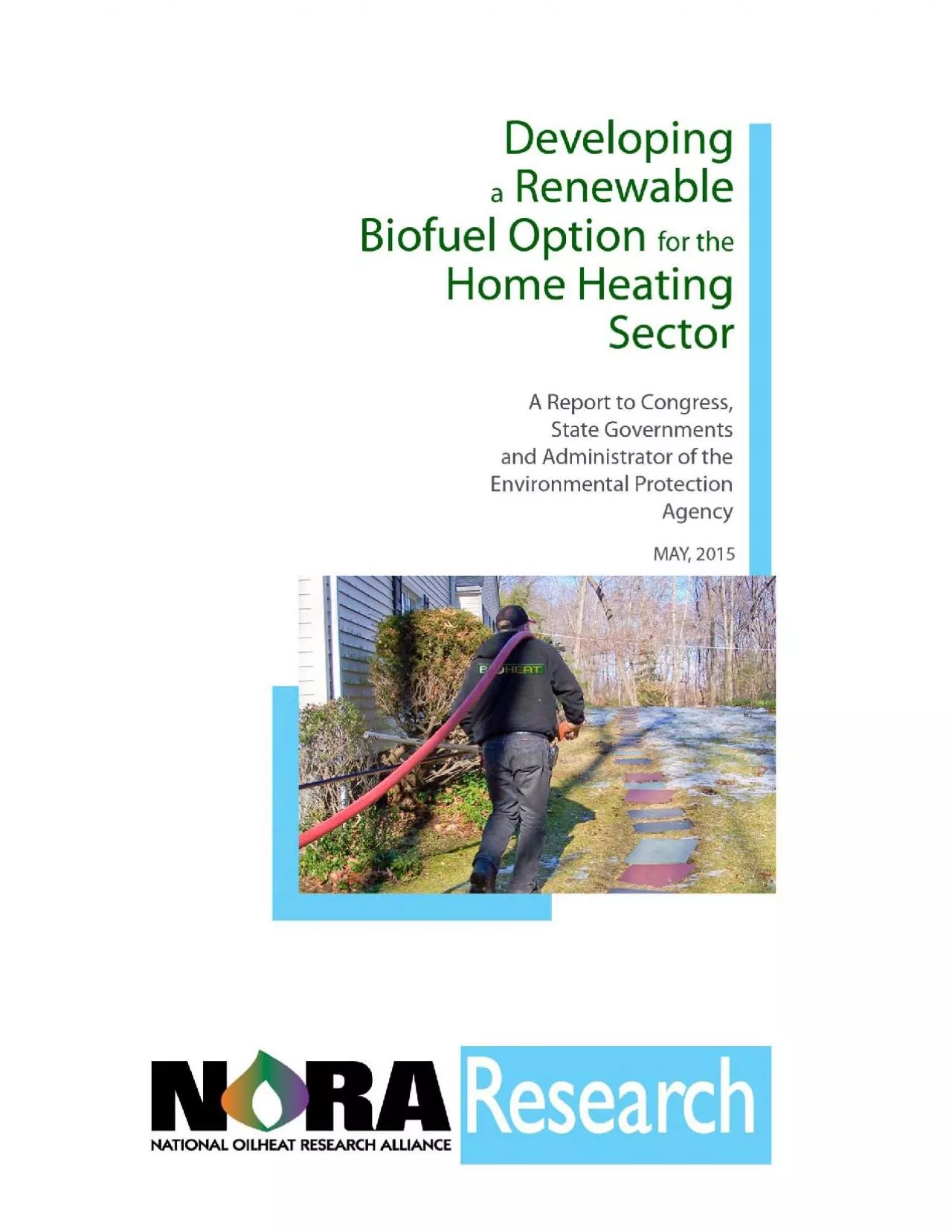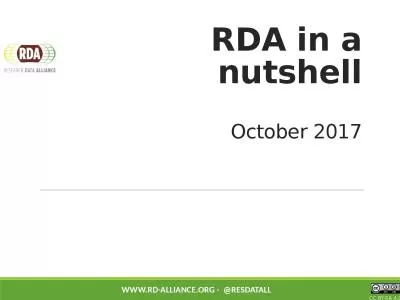PDF-National Oilheat Research Alliance
Author : morton | Published Date : 2021-03-17
XECUTIVE UMMARY Pursuant to Public Law 113the Agricultural Act of 2014Congress required the National Oilheat Research Alliance hereinafter 147Alliance148 to prepare
Presentation Embed Code
Download Presentation
Download Presentation The PPT/PDF document "National Oilheat Research Alliance" is the property of its rightful owner. Permission is granted to download and print the materials on this website for personal, non-commercial use only, and to display it on your personal computer provided you do not modify the materials and that you retain all copyright notices contained in the materials. By downloading content from our website, you accept the terms of this agreement.
National Oilheat Research Alliance: Transcript
Download Rules Of Document
"National Oilheat Research Alliance"The content belongs to its owner. You may download and print it for personal use, without modification, and keep all copyright notices. By downloading, you agree to these terms.
Related Documents














